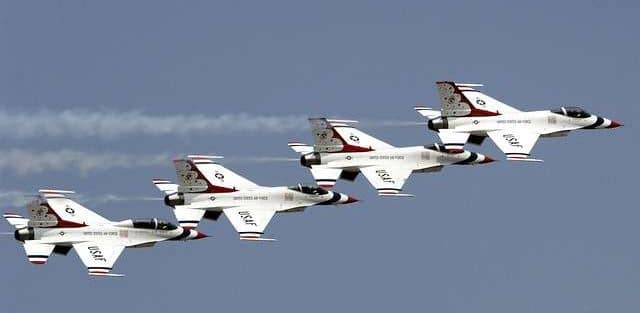Longitudinal Separation

The Role of Air Traffic Control
The distance for longitudinal separation is expressed either as time or nautical miles. Air traffic controllers help maintain it by monitoring the speed and position of aircraft flying in the same airways. They do this by observing the clock when pilots report in at specific locations. This allows them to measure the distance between aircraft with reference to time. Pilots will also indicate their cruising speed when communicating with air traffic control. This ensures the trailing charter jet isn’t closing in on the lead one. In addition to maintaining longitudinal separation for private charter flights traveling in the same direction, safe separation distances need to be maintained when an aircraft:- Climbs through Another Aircraft's Altitude Separation
- Descends Through Another Aircraft's Altitude Separation
- Crosses behind or in front of an aircraft’s flight path
Longitudinal separation refers to the longitudinal spacing of aircraft traveling on the same course at the same altitude. If you have two private charter flights, with one flying directly behind the other, it’s essential that they maintain a safe separation to avoid collision and other hazards resulting from wake turbulence.
One way to think about longitudinal separation is to compare it to driving in traffic. Vehicles traveling in the same lane need to maintain a safe distance to avoid a rear-end collision. The difference with private jet charters is the risk factor is significantly higher if something goes wrong up in the air. As a result, the required separation errs heavily on the side of caution.
The Role of Air Traffic Control
The distance for longitudinal separation is expressed either as time or nautical miles. Air traffic controllers help maintain it by monitoring the speed and position of aircraft flying in the same airways. They do this by observing the clock when pilots report in at specific locations. This allows them to measure the distance between aircraft with reference to time.
Pilots will also indicate their cruising speed when communicating with air traffic control. This ensures the trailing charter jet isn’t closing in on the lead one.
In addition to maintaining longitudinal separation for private charter flights traveling in the same direction, safe separation distances need to be maintained when an aircraft:
- Climbs through Another Aircraft’s Altitude Separation
- Descends Through Another Aircraft’s Altitude Separation
- Crosses behind or in front of an aircraft’s flight path








